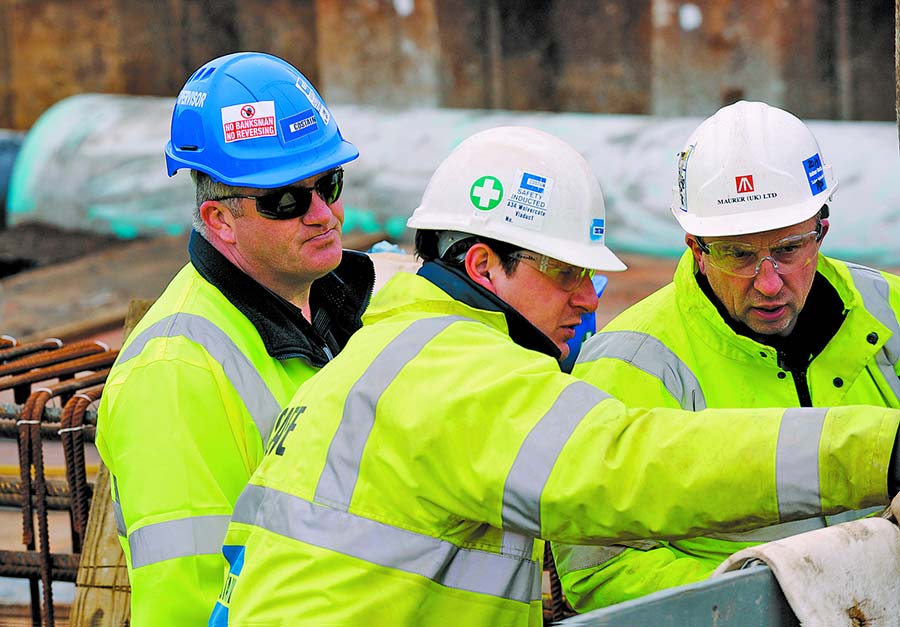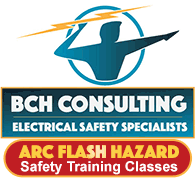We’ve all heard the old saying, “An ounce of prevention is worth a pound of cure”. I happen to be a big believer in this statement. It is one that will serve us well if we will apply it.
The Northwest Airlines Flight 255 Tragedy
I remember several years ago watching the news and hearing of a terrible plane crash. A McDonnell Douglas MD-82, crashed shortly after takeoff from Detroit Metropolitan Airport killing all six crew members and 148 of its 149 passengers.
The National Transportation Safety Board determined that the probable cause of the accident was the flight crew’s failure to use the taxi checklist to ensure that the flaps and slats were extended for takeoff.
Before each flight the FFA requires that the crew prepare the plane to safely take flight. Because it is imperative that the aircraft is properly configured, a checklist is used to ensure all the necessary actions are taken. A brief conversation ensues between the pilot and co-pilot in which they discuss the flight plan, weather conditions and review any safety procedures. This pre-flight brief is the pilot’s way of ensuring that his crew is engaged, focused and safe.
Both OSHA and NFPA 70e® require that a pre-flight, or pre-job brief be conducted prior to any electrical work being performed.
What is a pre-job brief?
A Pre-Job Brief is a formal discussion among all individuals involved in performing a task. The level of detail covered in the brief may vary depending on the complexity of the job. Typically, the person in charge of the job will lead the discussion and many times a checklist will be used to ensure that key safety aspects get covered. A pre-job brief normally covers the work activity in a step-by-step detail. Job hazards are identified and a plan is put in place to avoid or mitigate them. When the brief is complete, the workers understand the safety issues and their specific role in the work process.
 Job Briefings and Best Practices: The “269” Standard
Job Briefings and Best Practices: The “269” Standard
The “269” standard requires that before each job, the person in charge conducts a job briefing with all workers that covers, at a minimum:
- Hazards associated with the work
- Procedures to be used
- Any special precautions
- Control of energy sources
- Personal protective equipment (PPE) required
For additional information on the “269” standard see OSHA.gov
Two heads are better than one
The pre-job brief should not be an opportunity for the supervisor to mandate how the job will be performed. If the brief is going to be successful, the entire team needs to participate. It is essential that everyone be “on board” with the plan. Questions about the work should not only be welcomed but encouraged. The brief should capitalize on the previous experience and knowledge of the team members. In this case two, or more, heads are better than one.
How to get started with your Pre-Job Brief
Use the pre-job brief checklist in NFPA 70e® Annex I as a template. Develop a simple but effective checklist that is specific to your company’s needs. Be sure to include such things as hazards associated with the job, work procedures, lock-out/tag-out requirements, PPE needs, and any information from the energized electrical work permit, if one is being used. Print the checklist on card-stock and make them available to your work crews. Use your companies change management process to effectively communicate and educate the workforce of this new initiative.








